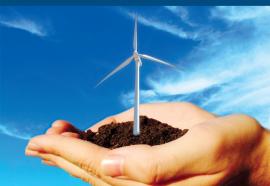Green Heroes
Utilities can transform the world’s energy economy.
Perceval’s sagas are largely forgotten today, but at least one of them serves as a useful metaphor for an industry seeking the proverbial Holy Grail of clean-energy technology—specifically, the tale of Perceval and the Fisher King.






